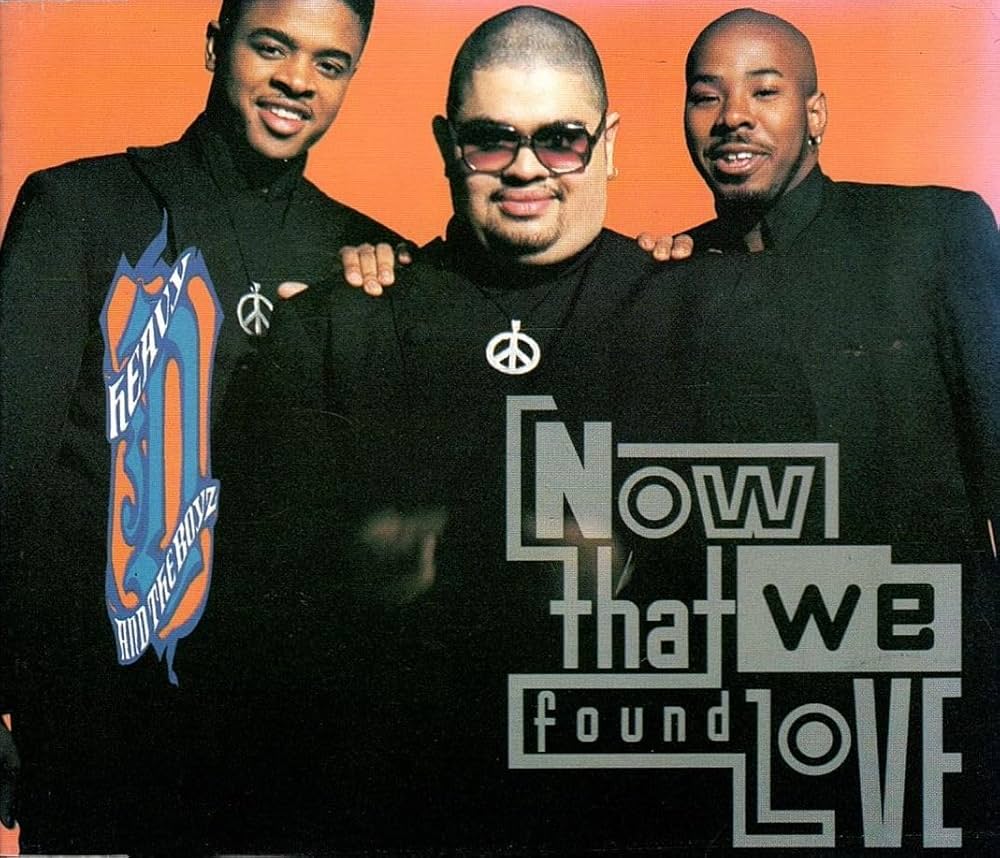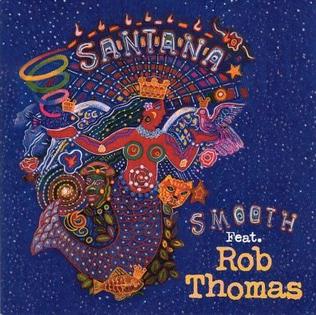 Rage Against the Machine’s Killing in the Name, released in 1992 as the lead single from their self-titled debut album, is more than just a song—it is a sonic manifesto of rage, rebellion, and uncompromising defiance. Emerging during a time of political tension and cultural upheaval in the United States, the track fused rock, hip-hop, and punk into a blistering call to confront authority. Its ferocious guitar riffs, incendiary lyrics, and unrelenting vocal delivery captured the zeitgeist of a generation frustrated by systemic oppression, police brutality, and the complacency of mainstream culture. Over three decades later, the song remains an enduring anthem for protest, social awareness, and raw, unfiltered anger.
Rage Against the Machine’s Killing in the Name, released in 1992 as the lead single from their self-titled debut album, is more than just a song—it is a sonic manifesto of rage, rebellion, and uncompromising defiance. Emerging during a time of political tension and cultural upheaval in the United States, the track fused rock, hip-hop, and punk into a blistering call to confront authority. Its ferocious guitar riffs, incendiary lyrics, and unrelenting vocal delivery captured the zeitgeist of a generation frustrated by systemic oppression, police brutality, and the complacency of mainstream culture. Over three decades later, the song remains an enduring anthem for protest, social awareness, and raw, unfiltered anger.
From the opening bars, Killing in the Name establishes its unyielding intensity. Tom Morello’s guitar work is immediately recognizable: a heavy, distorted riff that feels simultaneously mechanical and chaotic, laying the foundation for the track’s controlled violence. His use of unconventional techniques, including feedback, toggle switches, and percussive slaps, creates a soundscape that is both jagged and infectious. The riff repeats with hypnotic persistence, becoming a weaponized mantra that drives the song forward. Morello’s guitar doesn’t just accompany the vocals—it converses with them, punctuating Zach de la Rocha’s feral delivery and the rhythm section’s relentless pulse.
The rhythm section, composed of Tim Commerford on bass and Brad Wilk on drums, provides an equally formidable backbone. Wilk’s drumming is precise, punishing, and unyielding, giving the song a sense of militarized momentum. Commerford’s bass grooves anchor the chaos, adding depth and weight to the track’s already formidable sonic attack. Together, they create a tightly wound engine that propels the track from its tense opening to the explosive climax. The musical interplay is deceptively intricate, masked by the song’s raw aggression, showcasing Rage Against the Machine’s technical prowess amidst the fury.
Vocally, Zach de la Rocha delivers a performance that is both confrontational and magnetic. His verses are delivered in a controlled half-scream, half-rant, capturing a simmering rage that demands attention. As the song builds, his voice escalates into full-throated shouts, culminating in the cathartic release of the repeated “Fuck you, I won’t do what you tell me” refrain. This refrain has become iconic, not just for its profanity but for its embodiment of the song’s central theme: unyielding resistance to authority. De la Rocha’s vocal phrasing alternates between rhythmic precision and primal urgency, mirroring the tension between order and chaos that defines the track.
Lyrically, Killing in the Name is unambiguous in its condemnation of institutional power structures, specifically targeting systemic racism and police brutality. Lines like “Some of those that work forces are the same that burn crosses” confront uncomfortable truths head-on, refusing to sanitize or soften the message for mass consumption. The song is unapologetically political, channeling frustration into a form that is both musically compelling and socially resonant. It doesn’t offer subtlety or compromise—its brilliance lies in its raw honesty and ability to provoke thought, anger, and solidarity simultaneously.
The structure of the song contributes significantly to its impact. The verses build tension with repetitive, hypnotic riffs and increasingly agitated vocals, creating a sense of inevitability. When the chorus hits, it releases that tension in a primal, almost ritualistic manner, giving listeners a participatory experience of rebellion. The repetitive nature of the “Fuck you, I won’t do what you tell me” chant functions as both a climax and a ritual of catharsis, allowing audiences to channel frustration collectively. This structural mastery, combining repetition, tension, and release, is one of the reasons the song remains compelling decades after its initial release.
Production-wise, Killing in the Name benefits from a raw yet polished approach that amplifies the song’s aggressive energy. Produced by the band alongside Garth Richardson, the track captures the immediacy and intensity of Rage Against the Machine’s live sound without sacrificing clarity. Each instrument occupies its own space, yet the mix maintains a sense of controlled chaos, mirroring the song’s thematic tension. The production emphasizes the percussive qualities of Morello’s guitar and the rhythmic punch of the bass and drums, ensuring that the song’s fury hits with maximum impact.
The song’s cultural significance cannot be overstated. Upon release, Killing in the Name quickly became a rallying cry for disaffected youth, fans of alternative music, and anyone frustrated by systemic injustices. Its confrontational nature, explicit language, and unflinching political stance challenged radio norms and mainstream sensibilities, cementing Rage Against the Machine as the definitive voice of 1990s musical rebellion. Beyond the decade, the song has retained its relevance, resurfacing in protests, political movements, and viral moments where defiance and anger need expression. It is a testament to the enduring power of music as a tool for social commentary and emotional release.
Live performances of Killing in the Name elevate the song to near-mythic status. Rage Against the Machine’s concerts are intense, communal experiences, with audiences screaming the refrain in unison, creating an atmosphere of catharsis and solidarity. The song’s live energy amplifies its message, transforming individual anger into collective empowerment. The ritualistic nature of the performance turns the track into more than music—it becomes an act of defiance, a shared experience of rebellion. This live potency has contributed to the song’s mythos, making it a cornerstone of Rage Against the Machine’s identity and legacy.
Killing in the Name also illustrates the band’s unique ability to fuse genres. The track seamlessly blends elements of heavy metal, funk, and hip-hop, creating a sound that defies easy categorization. This genre-blurring approach enhances the song’s rebellious spirit: it refuses to conform musically, just as its lyrics refuse to conform socially. Morello’s innovative guitar work, which often mimics turntable scratches and electronic effects, adds an additional layer of complexity and originality. The combination of stylistic daring and political messaging makes the track not only musically compelling but intellectually and emotionally provocative.
The song’s influence on subsequent generations of musicians is considerable. Bands across rock, metal, and punk cite Rage Against the Machine as an inspiration, and Killing in the Name in particular has become emblematic of how music can serve as a vehicle for protest. Its enduring relevance demonstrates the power of art that is uncompromising in both message and execution. Even in today’s context, when political frustration and societal critique remain urgent, the song continues to resonate, proving that raw honesty and musical aggression are timeless tools of expression.
Ultimately, Killing in the Name is more than a single track on a debut album—it is a statement of purpose, a declaration of defiance, and a masterclass in channeling anger into art. Rage Against the Machine combined technical skill, genre innovation, and political consciousness to create a song that is as musically compelling as it is socially resonant. The track’s aggressive riffs, relentless rhythm section, incendiary vocals, and unapologetic lyrics work in perfect unison, making it impossible to ignore or remain indifferent.
The song’s continued popularity—resurfacing in protests, sports arenas, and cultural discussions—attests to its universality and power. It embodies the spirit of resistance, the need to question authority, and the cathartic release of confronting injustice head-on. Rage Against the Machine’s 1992 Killing in the Name remains an unparalleled anthem of rebellion, a track that challenges listeners while providing an exhilarating, almost primal musical experience. It is not simply music; it is a statement, a rallying cry, and a timeless reminder of the potency of art fused with outrage.
Decades after its release, Killing in the Name endures as one of the most iconic protest songs of its era. It’s a testament to Rage Against the Machine’s vision, technical brilliance, and unflinching commitment to speaking truth to power. Every distorted riff, shouted lyric, and percussive punch serves a purpose: to demand attention, provoke thought, and incite action. This is music that refuses to compromise, just as it refuses to fade from relevance. Rage Against the Machine didn’t just make a song—they forged a battle cry that continues to echo across generations, a fierce reminder that some truths are too urgent, too vital, to remain unchallenged.
Killing in the Name is the embodiment of Rage Against the Machine’s ethos: aggressive, defiant, innovative, and deeply meaningful. Its release in 1992 marked the arrival of a band unafraid to confront uncomfortable truths, to blend genres fearlessly, and to demand that music be more than mere entertainment—it must be a weapon, a rallying point, and a voice for the voiceless. Even today, it stands as a towering achievement, a timeless anthem of resistance, and a testament to the enduring power of music with purpose.


